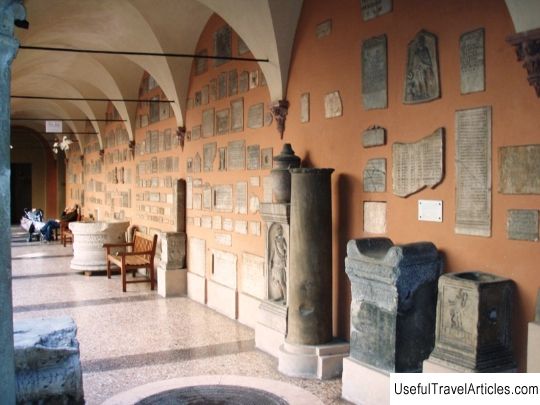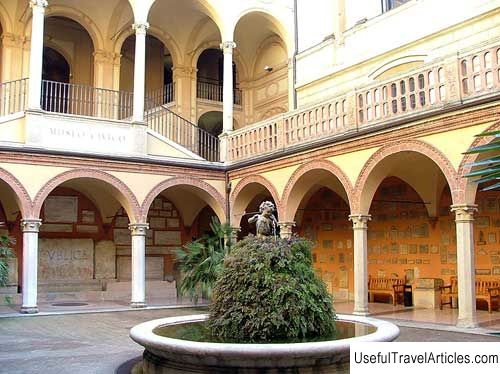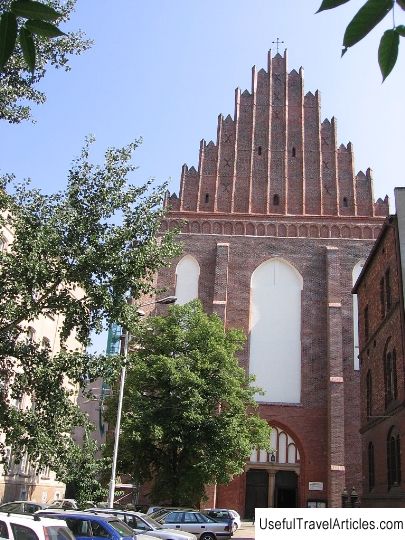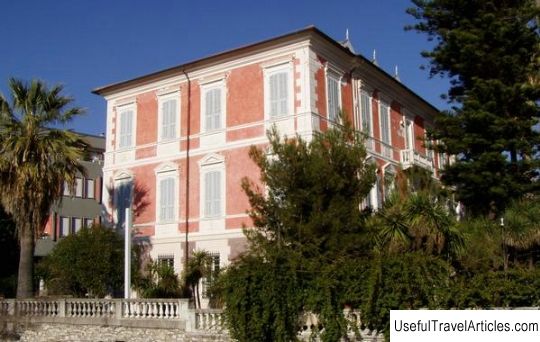City Archaeological Museum of Bologna (Il Museo Archeologico Civico) description and photos - Italy: Bologna

City Archeological Museum of Bologna (Il Museo Archeologico Civico) description and photos - Italy: Bologna. Detailed information about the attraction. Description, photographs and a map showing the nearest significant objects. The title in English is Il Museo Archeologico Civico. Photo and descriptionThe Municipal Archaeological Museum of Bologna is housed in the Palazzo Galvani building near Piazza Maggiore, built in the 15th century. At the end of the 19th century, significant restoration work was carried out in it, after which, in 1881, it was turned into a city museum. Valuable historical exhibits donated to the University of Bologna by various well-wishers, including individuals, were transported here. Among the patrons were very famous people - for example, Pope Benedict XIV, a native of Bologna. Today, of the 18 rooms that make up the museum, 12 are dedicated to archeology. They contain the most ancient finds, indicating that people settled in the vicinity of Bologna already in the Paleolithic era. Most of these finds were made by accident on excavation sites in the late 19th and early 20th centuries. Prominent scientists of that time - Giuseppe Chierici, Luigi Pigorini and Pellegrini Strobel - played a significant role in the development of archeology as a science in Italy: they discovered many historical burials, which in turn created public interest and inspired subsequent generations of scientists to carry out work. Since 1994, the museum's basement has housed exhibits from the Egyptian collection, one of the largest and most significant outside of Egypt. Here you can see bas-reliefs dated 1332 BC, vases, coins, medals, funeral steles, painted wooden coffins and bronze sculptures. Particularly noteworthy are the beautiful death masks of various Egyptian pharaohs, which are more than 3.5 thousand years old! On the first floor of the museum, there are tombstones from the times of the Roman Empire - they date back to the middle of the 1st century BC. - 2nd century AD On some you can see portraits of noble families of that era - Cornelli, Alennia, Furvi. Tombstones with Greek, Christian and Coptic inscriptions are also kept here. The latter were discovered in the vicinity of Bologna in 1894. The collection of antiquities from the Etruscan era - 9-8 centuries BC - enjoys the constant attention of museum visitors. In Etruscan tombs, terracotta and bronze urns with amazing ornaments, decorations, pottery and weapons were found. Finally, you cannot miss the extensive collection of plaster casts of world famous Greek and Roman sculptures.      We also recommend reading House Trautsonhaus description and photos - Austria: Innsbruck Topic: City Archaeological Museum of Bologna (Il Museo Archeologico Civico) description and photos - Italy: Bologna. |




